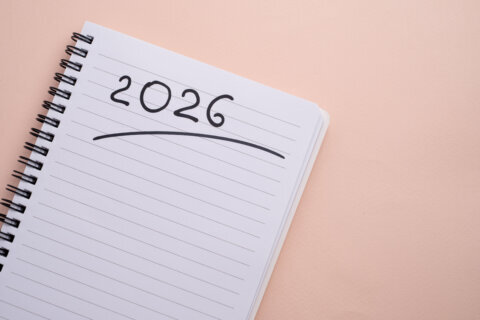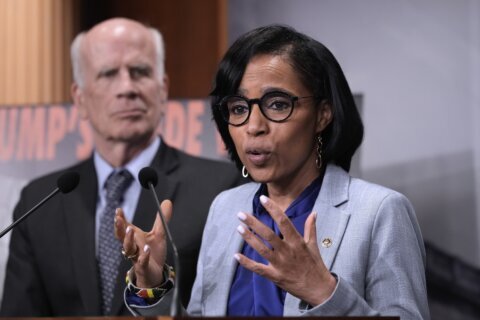The Maryland State Board of Education crunched the numbers on everything from attendance to failure rates in school systems during the third term and found that most school systems had attendance rates of 90% or greater.
One school system, Baltimore City, had the lowest attendance rate of 79% overall.
Montgomery County’s attendance rate for the third marking period was just over 95%; neighboring Prince George’s County was just under 92%.
High school attendance rates were slightly lower, with Montgomery County high school students at 94% and Prince George’s County at 89%.
Throughout the pandemic, school systems attempted to weigh the impact of virtual learning. The Maryland State Department of Education’s information on failure rates is presented in raw numbers, not percentages, but shows that failure rates among high school students in math and English were typically greater than failure rates in science and social studies.
In Prince George’s County, 9,593 high school students failed English, and 9,220 failed math during the third marking period. In Montgomery County, 6,721 high school students got failing marks in English, and 7,491 failed their math courses.
The data showed that six of the state’s school systems had more than half of students learning fully in person, six had more than half of their students getting hybrid instruction, five systems had more than half of students getting virtual instruction, and seven systems “did not have a majority of students in any one learning mode.”
According to the data, Maryland school systems reported students were adjusting well to in-person learning, and had “more positive social-emotional outcomes when they were engaging in in-person learning compared to fully virtual instruction.”
At the same time, the report said many school systems found a number of students and families expressed some anxiety and stress related to COVID-19 exposure and in-person interactions.
When it came to where teachers were conducting classes, the information on third term instruction showed 23 school systems had most teachers — 80% — in the same physical location as their students. Montgomery County is the one school system that didn’t include data on that question.
During Tuesday’s discussion by the State Board of Education, State Superintendent Dr. Karen Salmon, was asked about the board’s resolution calling on school systems to return to in-person learning in the fall.
Board member Dr. Vermelle Green asked if there were a “drop-dead date” or last possible date for schools to report back to the board to say whether they would comply with the board’s resolution.
“It would be an expectation that schools are in-person instruction on the first day of their calendar,” Salmon said. “I’ll just put my 2 cents in that there’d better be pretty darn good reasons” for any school system to apply for a waiver.
Board member Lori Morrow asked if there’s existing data on why some parents would want to continue with virtual learning.
Salmon responded that schools should not be offering virtual learning as an option in the fall.
“There needs to be a qualitative reason to continue something we know that — for a majority of the students — has not been successful.”
Next steps
Another question that’s been a major concern for educators and parents is how schools will address any learning loss by students during the academic year.
The State Board of Education data show that 18 school systems are offering some kind of extended learning opportunities during the fourth term, and that all of the state’s school systems are providing some form of summer school.
Prince George’s County just announced its “Summer Learning Spark.” The school system will offer what it says are “opportunities for acceleration, enrichment, intervention, credit recovery and original credit” to students from pre-K to through 12th grade.
- Sign up for WTOP alerts
- Sign up for WTOP’s coronavirus email newsletter
- Latest coronavirus test results in DC, Maryland and Virginia
- Coronavirus vaccine FAQ: What you need to know
- Latest vaccination numbers in DC, Maryland and Virginia
- Why scientists are suddenly more interested in the lab-leak theory of Covid’s origin
Looking for more information? D.C., Maryland and Virginia are each releasing more data every day. Visit their official sites here: Virginia | Maryland | D.C.








